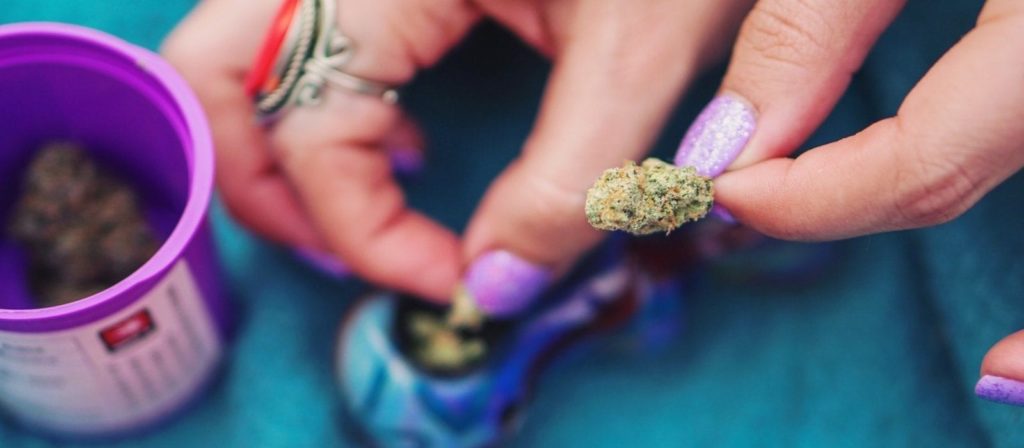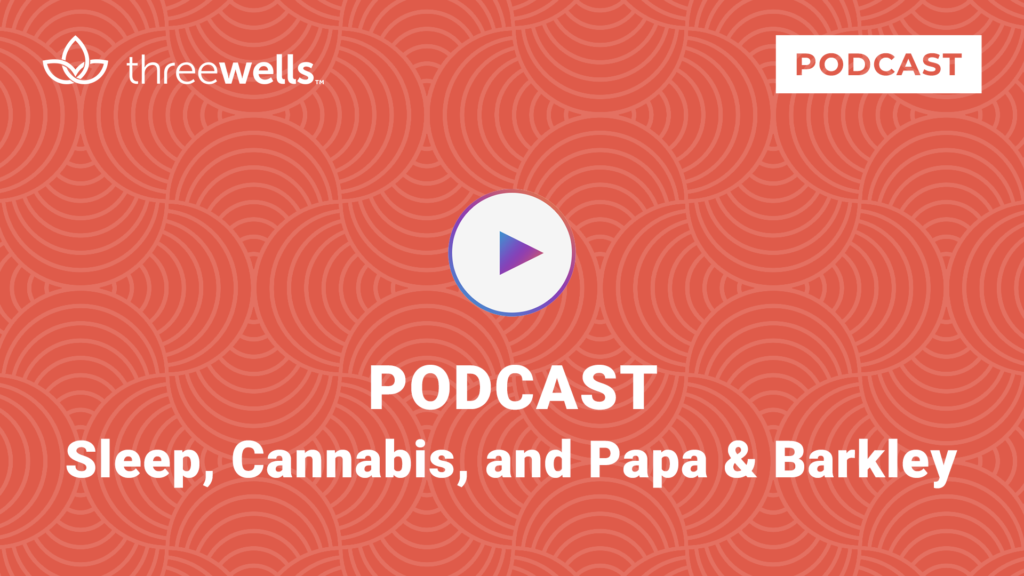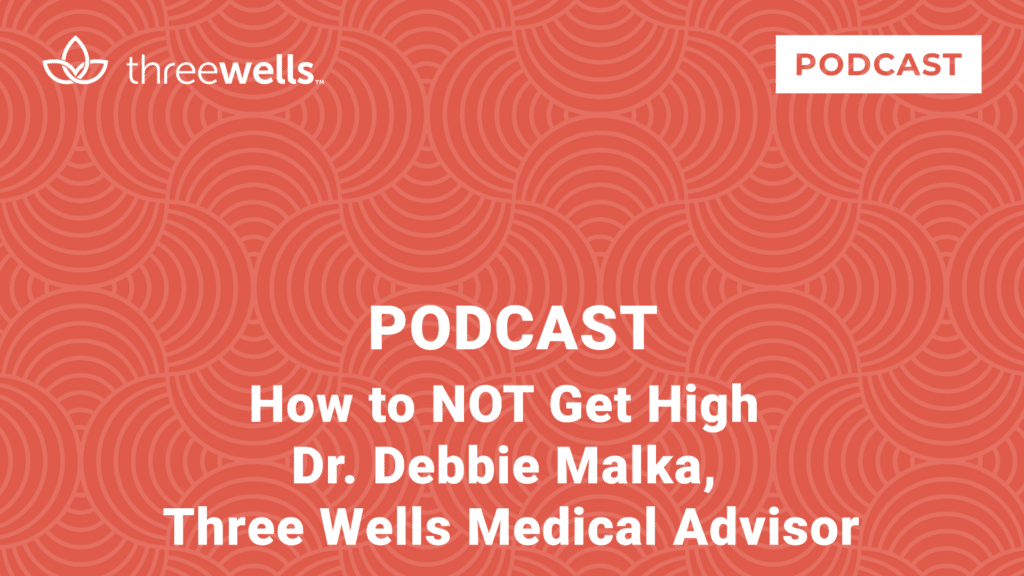Read Time: 3:30 Mins.
I can’t tell you how many times people ask me for dosing advice. It’s every consumer’s pressing question that few can answer, and the answers are all different. How do we know how much cannabis to use? We are all programmed by Western medicine to believe that there’s a specific protocol for a particular condition. Much like you take antibiotic X for an infection, or take 2 Advil for pain every 8 hours, or X amount of an antidepressant for depression. Well, I’m here to tell you that with cannabis there is no such thing. For one thing, there’s the huge fact that cannabis interacts with an entire self-regulatory system called the Endocannabinoid System, that we each have. It may have a variable “tone” (internal balance) in each person. Some people may have a normal or average endocannabinoid tone, some people may have a deficient internal endocannabinoid tone, so may need more external help, and some people may have a highly sensitive endocannabinoid tone, meaning they do best with lesser external input. As if you’re not confused enough, we have to remember that cannabis is a botanical medicine, designed to interact with one’s own chemistry, not a pharmaceutical medicine, designed to overpower one’s own chemistry. And lastly there is the very important issue of tolerance – are you new to cannabis, using modest amounts, or are you saturated, having a high tolerance for the herb?
Before beginning a new treatment regimen, first, it’s important to understand your goals. You need to ask yourself whether you truly consider cannabis as medicine or something akin to alcohol? Next, what condition are you seeking to treat, and how may cannabis interact with your current medications? This is a critical discussion topic with your doctor. Another fundamental reality is what type of cannabis products (if any) are available to you in your area and what’s your cannabis budget? If access to cannabis products is limited or is not legal in your state, are CBD-only products an option? Lastly, is consistent use permissible within your lifestyle? For example, is employer-based drug testing a potential issue?
So now, after you’ve answered what you can, let’s review what you may not know. For new users who use very little, start with the lowest dose and go up from there. Be patient, as it may take a week or more to configure your optimal dose. For inhalation that might be one to two puffs, no surprise there. For edibles including sublinguals, 5 mg of cannabinoids is a good starting dose, or if you’re highly sensitive maybe 2.5 mg. Where you end up as you progress depends on the type and severity of your condition, and what medications you’re taking. If you’re taking an opiate for pain control even 5 mg may not make a dent. For topicals, it’s easy, you just rub it on and see what happens. For transdermal patches, which are a class of their own and designed to be absorbed into the bloodstream, consider cutting the patch in half and use 5-6 mg. Remember to store the remaining half in a safe place out of reach from children and pets.
How often depends upon the product and your symptoms. Some people use their medicine pro re nata, meaning only when they have symptoms. If you’re using cannabis to help you sleep, for example, you might want something that lasts six to eight hours, not two to four. If you have arthritis pain only when you’re walking a lot, you might take a four-hour medicine before your walk. Those with chronic or constant symptoms might want 24-hour coverage. Remember that inhalation lasts two to four hours, edibles may last six to ten hours or longer with after effects, topicals may last four to six hours and transdermal patches are designed to last eight to twelve hours.
As I referenced earlier, experienced cannabis consumers may develop tolerance. Scientifically, tolerance results from the continued stimulation of cannabinoid receptors leading to desensitization and down-regulation (decreased stimulation or reduction in number) – similar to any tolerance to a medicine. That means you need to use more to achieve the same effect. It can happen within a few weeks of using cannabis regularly at significant levels. If you inhale more than three-four times a day, you’re probably developing tolerance. If you’re taking more than 20 mg of cannabinoids by ingestion in a day you may develop tolerance. You’ll know because you may start to use more, or the effects will appear to be reduced. You may reach a saturation point where most of your receptors are full. So, for regular daily cannabis users, you’ll need more to start your regimen. Consider a 10-15 mg edible dose, or you might start to use an oil concentrate for inhalation, but remember, this may dramatically increase your tolerance level. If this occurs, the best method is to desaturate, in other words, take a cannabis break and stay off it for a few days. For those with heavy use, maybe over 50 mg/day, or using concentrates you might have to take a break for a week or longer.
There is another strategy and that’s where we consider the differing effects of CBD and THC. Remember that they bind to different receptors, so you can desaturate THC tolerance by switching to CBD, and vice-versa. For many conditions, this is possible, because they have overlapping benefits – such as for inflammation, for muscle relaxation, or for nausea. In essence, switching between CBD-only products and traditional cannabis containing THC may achieve the same result while using smaller doses of each. This strategy can give you the relief you need while avoiding a tolerance build up.
I’m often asked how long a patient should use cannabis and my answer is straightforward. As with any other medicine, if your condition is resolved you no longer need cannabis for treatment. If your condition returns, then you know you need to stay on your cannabis medicine, but you can try a smaller dose. As impossible as it may seem, people often experience improved health while on cannabis because it is a botanical. Since herbs interact with your body’s own chemistry, they may help you reset your balance, especially cannabis which interacts with your endocannabinoid system. Your internal tone may become reset with a little external push. That is the goal, and it’s a great goal to pursue.
Dr. Deborah Malka is an Integrative Medicine Physician and a Cannabis Clinical Specialist who is available for consultation. For more information, she can be reached at 831-359-7679.




